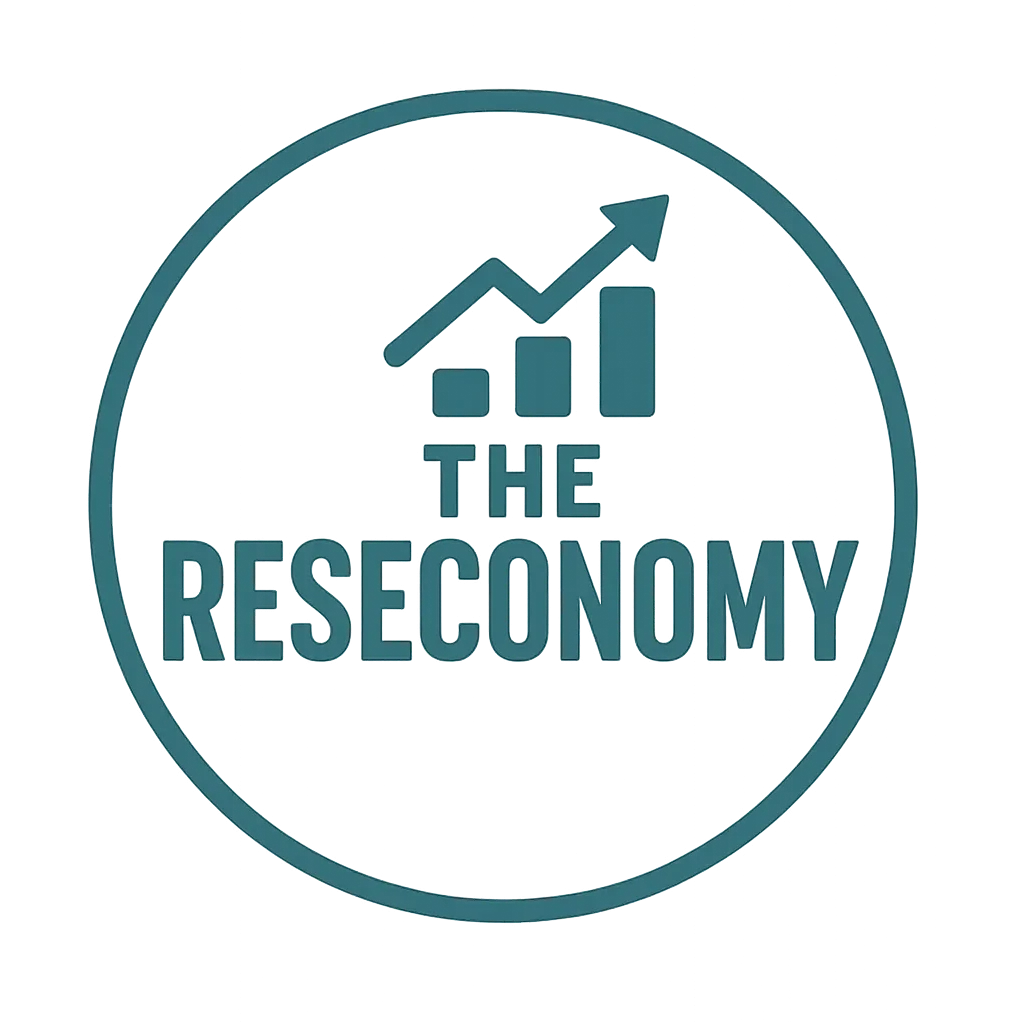Traditional marketing screams for attention. Ambient Conversion Architecture whispers—and gets results.
This is the art of designing physical/digital spaces where:
- Every environmental cue subtly guides behavior
- Conversion feels like a natural byproduct of experience
- “Purchase” is the logical conclusion of an immersive journey
We’ll explore:
- The psychology behind environmental persuasion
- 7 universal design principles of high-conversion environments
- How top brands engineer “choice environments”
- A blueprint for implementing ambient conversion
1. The Invisible Hand of Environmental Design
A. The Supermarket Secret: How Layouts Program Behavior
- Milk at the back: Forces exposure to high-margin items
- Right-turn bias: 90% of shoppers unconsciously turn right upon entry
- Height manipulation: Kid-targeted items at 3ft, impulse buys at checkout
B. Digital Parallels: The “Scroll Map” Phenomenon
- Heat maps reveal “attention gravity wells” where design pulls focus
- Airbnb’s price positioning (far right of page) reduces sticker shock
- Spotify’s autoplay turns listening into an endless consumption loop
2. The 7 Pillars of Ambient Conversion
Pillar 1: Decision Simplicity
- IKEA Effect: Show partially assembled furniture → mental completion triggers ownership desire
- Amazon’s 1-Click: Eliminates friction between “want” and “have”
Pillar 2: Perceptual Scaffolding
- Starbucks’ “Third Place” Strategy: Neither home nor work → justifies premium pricing
- Apple Store Tables: No cash registers → transforms shopping into tech exploration
Pillar 3: Temporal Distortion
- Casino Design: No clocks/windows → disrupts time perception
- Duolingo Streaks: Visual progress chains create false urgency
Pillar 4: Social Proof Engineering
- Pret A Manger’s “Freshness Theater”
- Empty sandwich displays → imply high demand
- Visible food prep → authenticity signaling
Pillar 5: Choice Architecture
- The Economist’s Pricing Experiment:
- Print 59∣Digital59∣Digital125 | Print+Digital $125
- Decoy effect made combo seem essential
Pillar 6: Sensory Gateways
- Cinnabon’s Airport Dominance:
- Ovens positioned at entrance → smell travels farthest
- Glossy icing reflects light → visual allure
Pillar 7: Exit Architecture
- Sephora’s Checkout Queues:
- Mini products along barrier → $5-10 incremental sales
- Mirrored walls → trigger self-evaluation (“Do I need more?”)
3. Digital Implementation Framework
Step 1: Micro-Intent Mapping
- Tool: Scroll depth × cursor movement heatmaps
- Insight: Identify where users “pause” in their journey
Step 2: Friction Forensics
- Example: Form fields causing drop-offs → replace with progressive profiling
Step 3: Environmental Triggers
- Color Psychology:
- Blue = trust (Facebook, LinkedIn)
- Red = urgency (Netflix notifications)
- White Space: Apple.com uses emptiness to imply premium status
Step 4: Habit Loops
- Tinder’s Infinite Swipe: Variable rewards create gambling-like engagement
- LinkedIn’s “Profile Strength” Meter: Completeness anxiety drives data sharing
4. Physical Space Case Studies
A. Tesla Showrooms in Malls
- No commissioned salespeople → reduces pressure
- Interactive touchscreens → self-directed exploration
- “Design Studio” framing (not “dealership”) → elevates experience
B. Whole Foods’ “Prime Real Estate”
- Flowers at entrance → fresh perception carries through store
- Prepared foods near entrance → hungry shoppers buy more
C. Warby Parker’s Home Try-On
- 5-frame limit → prevents decision paralysis
- Pre-paid return box → reduces return friction
5. Ethical Boundaries
⚠️ Dark Pattern Alerts:
- Hidden recurring subscriptions
- False scarcity (“3 people viewing this now”)
- Misdirection (opt-out vs opt-in)
✅ White Hat Alternatives:
- Transparent urgency (“We have 12 left because we small-batch produce”)
- Empathetic defaults (pre-checked charity donation boxes)
6. Implementation Checklist
For Physical Spaces:
☑️ Map customer flow patterns (foot traffic heat mapping)
☑️ Audit sensory touchpoints (scent, sound, texture)
☑️ Design “decision rests” where choices consolidate
For Digital Spaces:
☑️ Implement attention-guiding visual hierarchies
☑️ Build reward loops for micro-commitments
☑️ Use exit-intent environmental cues (e.g., “Others also bought”)
Conclusion: The Silent Sales Force
The future of conversion isn’t louder ads—it’s smarter environments. When every pixel, shelf placement, and sensory detail conspires to guide rather than push, revenue becomes ambient.
Final Thought:
“You don’t sell the steak. You sell the sizzle.”
Now we’re selling the entire restaurant.
